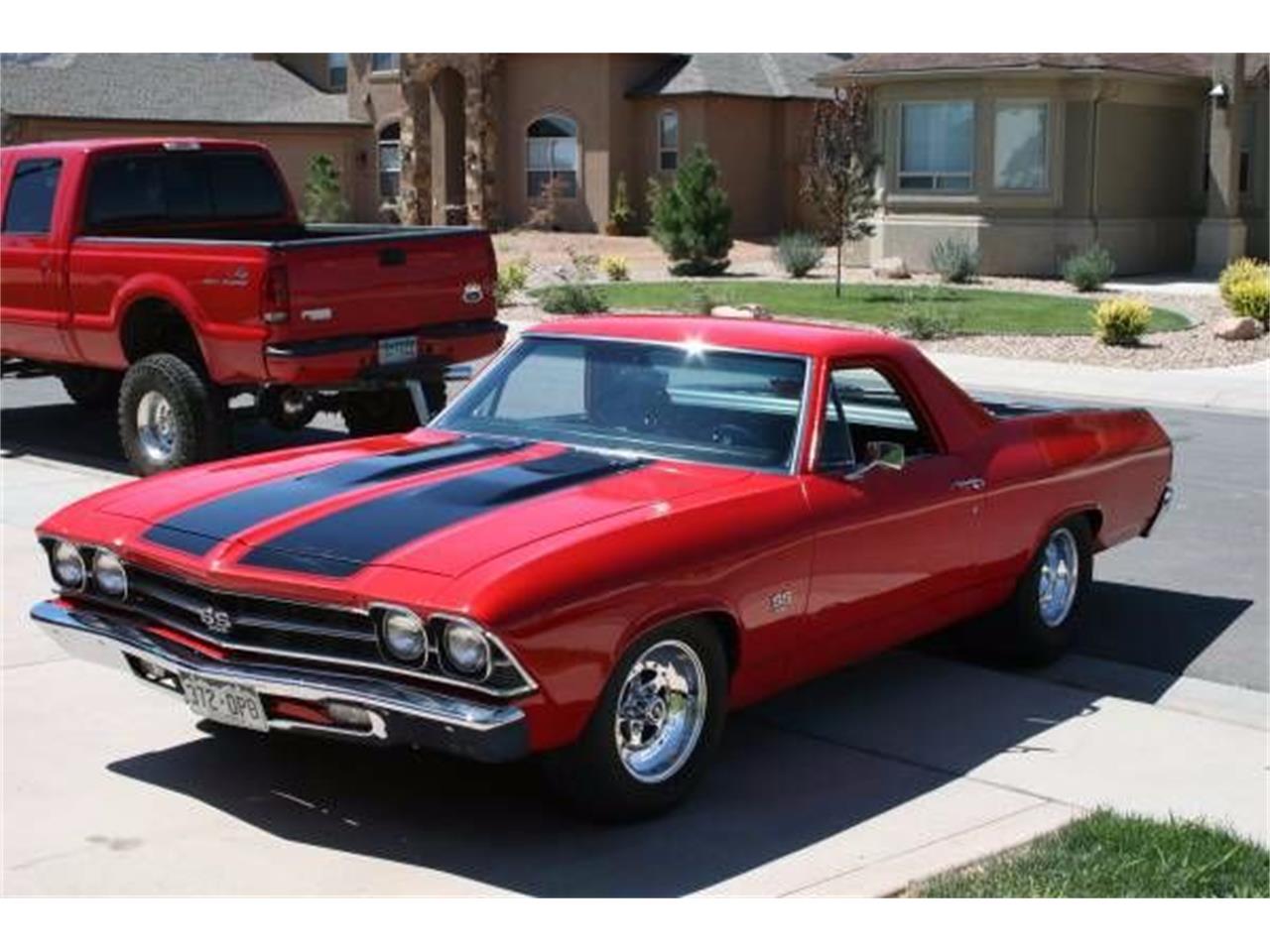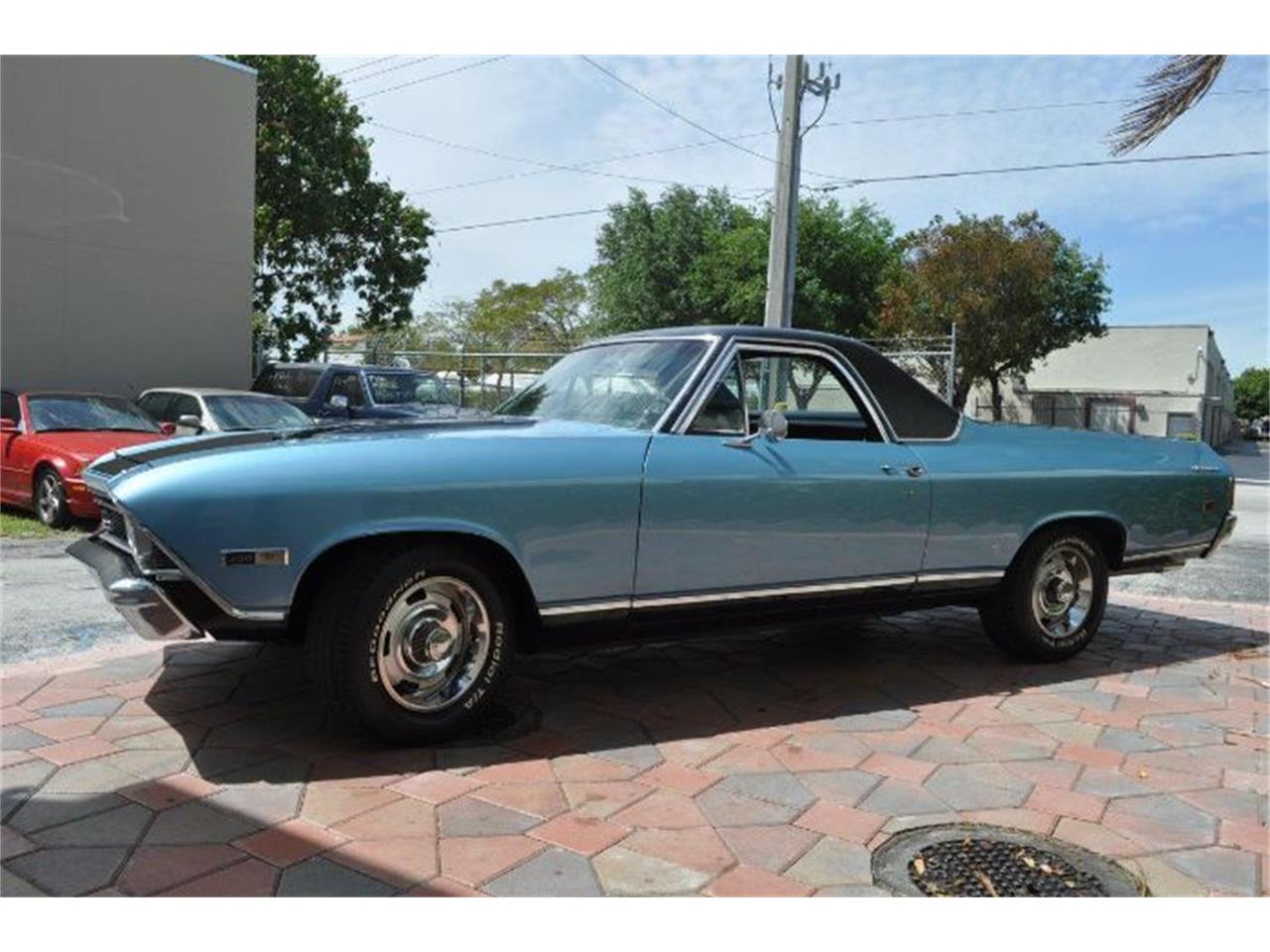
The fifth and final generation saw a smaller, sleeker El Camino with sharper styling and a single headlight design. This would be the last generation produced. Fifth Generation (1978 - 1987)Ī fifth-generation 1979 El Camino. The V8 was still an option, but the aforementioned government mandates meant that the 454 was only putting out 215 hp. The El Camino was lucky enough to retain a Super Sport version for this generation, as Chevrolet dropped the Chevelle SS in 1973 and Nova SS after 1976 (they had previously discontinued the Impala, Monte Carlo, and Camaro SS trims).Ī new grille would debut in 1975, and a 105 hp 250 cubic inch I6 was the standard engine. The fourth generation started with a dramatic restyling, and catalytic converters were now standard equipment on all models. A rebadged El Camino called the GMC Sprint also debuted, which featured the same transmission and engine as the El Camino. With 1971 came government mandates requiring lower-octane unleaded fuel, which resulted in reduced performance and power with the rest of GM's vehicles. A few select 1970 El Caminos received the LS6 454 cubic inch engine, which was Chevrolet's most powerful engine and was rated up to 450 hp. It didn't hurt that you could pack the big block V8, which was sadly discontinued in 1975. The Super Sport (SS) 396 was launched alongside a Chevelle twin in 1968. This is the generation where the El Camino made the jump from utility car to sporty ride. Despite its larger size, it was lighter than the previous generation thanks to lighter construction and a front-end restyle with quad stacked headlights. In alignment with its popularity, the El Camino grew in its third generation and was built on a 4-door sedan wheelbase. Third Generation (1968 - 1972)Ī 1968 El Camino SS 396 via Wikimedia Commons.
#1968 EL CAMINO PICTURES DRIVERS#
Air shocks were also incorporated, which allowed drivers to compensate for heavy loads. This comprised of a new front bumper, grille, and trim.

This trend of growing engines continued over the next few years, culminating in a 396 V8 big block rated up to 375 hp.Ĭertain Chevy models received a refreshed design in 1967, the El Camino included. The second-generation variant leaned more toward practicality but also had the option of packing a 327 cubic inch small-block V8 rated up to 300 hp in 1964.Ī year later, a performance version of the V8 was available that pushed it up to 350 hp. With the Ranchero still selling well, Chevy brought back the El Camino on the proven Chevelle platform. It could have been the new flamboyant wings of full-sized Chevys or perhaps the Ranchero's hefty stake in the market, but after just 2 years and 36,409 El Caminos produced, Chevy dropped the ax on the model.

The El Camino was built on a modified Brookwood station wagon platform. GM flirted with coupe-type trucks such as the Chevrolet Cameo Carrier and the GMC Suburban Carrier in 1955, but they went all-in with the El Camino for the 1959 model year.

The El Camino was a direct challenge Ford's Ranchero, a utility coupe dominating a previously untapped market. Is it a truck, or is it a car? We'll try to answer that question in this post. In the history of the automotive world, no car has evoked the existential stoicism of the Chevy El Camino.


 0 kommentar(er)
0 kommentar(er)
